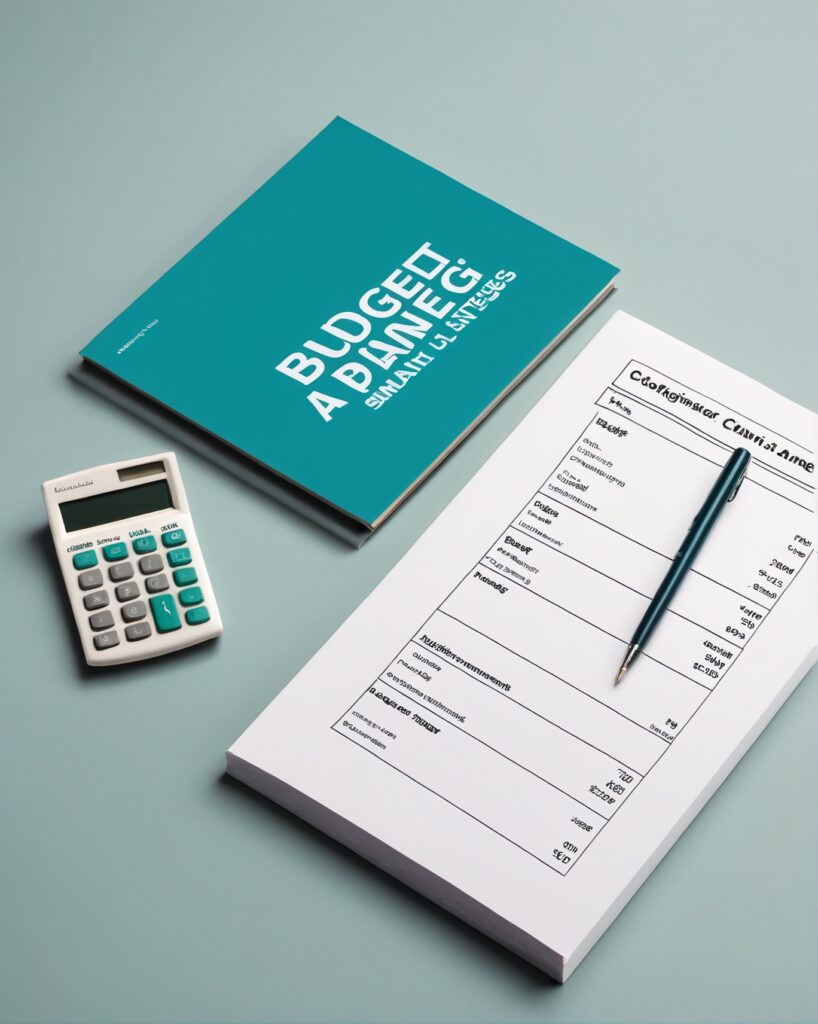Introduction
Creating a budget is one of the most powerful financial tools you can use to achieve your financial goals, gain control over your spending, and save for the future. However, many people struggle with budgeting because they find traditional methods too restrictive or unrealistic. In this guide, we’ll show you how to create a budget that not only works but is also sustainable and adaptable to your lifestyle. Whether you’re new to budgeting or looking to refine your current approach, these strategies will help you build a budget that actually works for you.
1. Set Clear Financial Goals
The first step in creating a budget that works is to establish clear financial goals. These goals can be both short-term (like saving for a vacation) and long-term (such as planning for retirement). Having specific goals will give your budget purpose and direction, making it easier to stay motivated and disciplined.
2. Track Your Income and Expenses
Accurate tracking of your income and expenses is crucial for effective budgeting. Begin by documenting all sources of income and recording your spending habits. Use tools like spreadsheets, budgeting apps, or expense tracking software to simplify this process.
3. Categorize Your Spending
Organize your spending into categories to get a clearer picture of where your money goes. Common categories include housing, transportation, groceries, entertainment, and savings. This categorization helps you see which areas of your budget are over or underfunded.
4. Create a Realistic Budget Plan
Develop a budget plan that aligns with your financial goals and accurately reflects your income and expenses. Ensure that your budget is realistic and manageable, avoiding overly restrictive measures that may lead to frustration or failure.
5. Implement the 50/30/20 Rule
The 50/30/20 rule is a popular budgeting framework that can simplify the budgeting process. According to this rule, allocate 50% of your income to needs (essential expenses), 30% to wants (discretionary spending), and 20% to savings and debt repayment.
6. Automate Your Savings
Automating your savings helps ensure that you consistently contribute to your financial goals without having to manually transfer money each month. Set up automatic transfers to your savings accounts or retirement funds to make saving a seamless part of your financial routine.
7. Monitor and Adjust Your Budget
Regularly monitoring and adjusting your budget is essential for maintaining financial control. Review your budget periodically to ensure that it still aligns with your financial goals and lifestyle. Make adjustments as needed based on changes in your income, expenses, or goals.
8. Build an Emergency Fund
An emergency fund is a critical component of a successful budget. It provides a financial cushion for unexpected expenses, such as medical bills, car repairs, or job loss. Aim to save three to six months’ worth of living expenses in a separate, easily accessible account.

